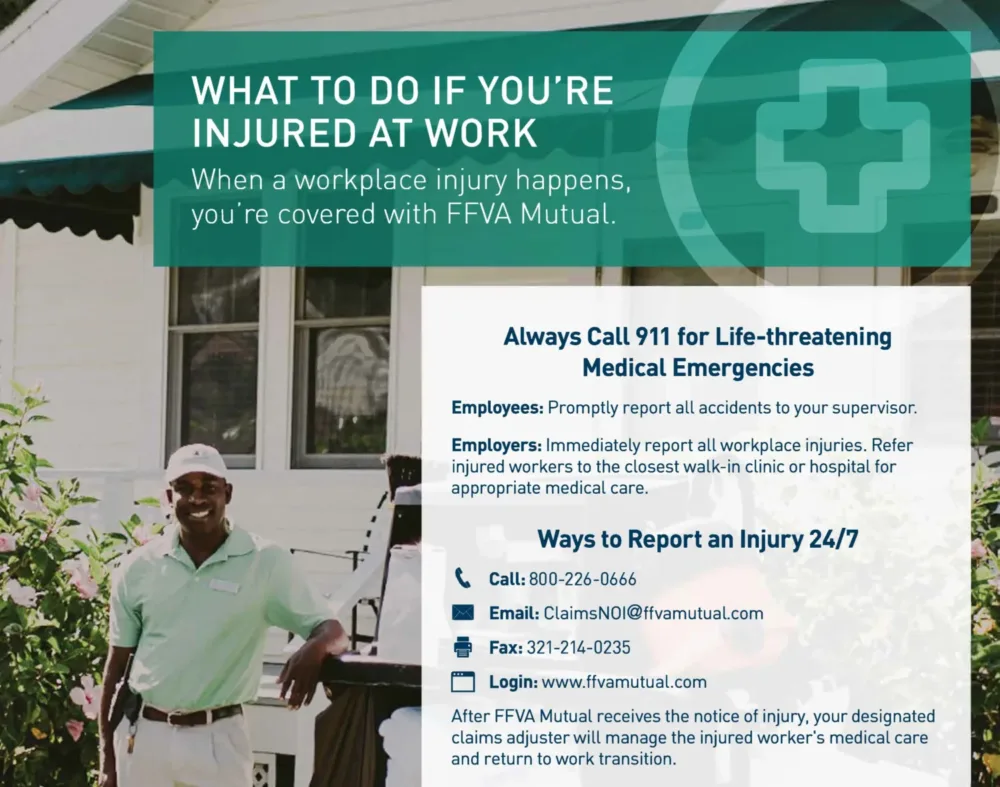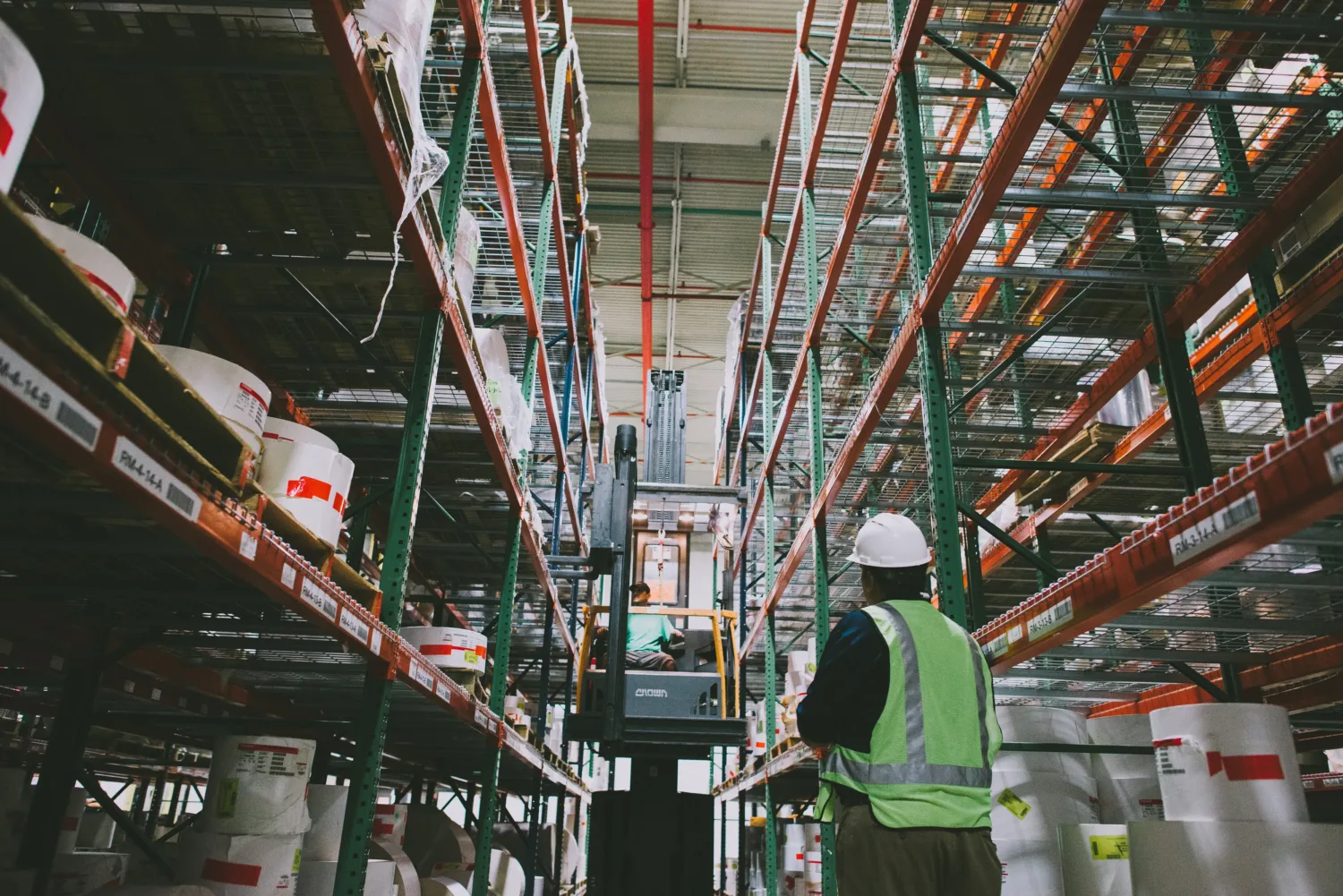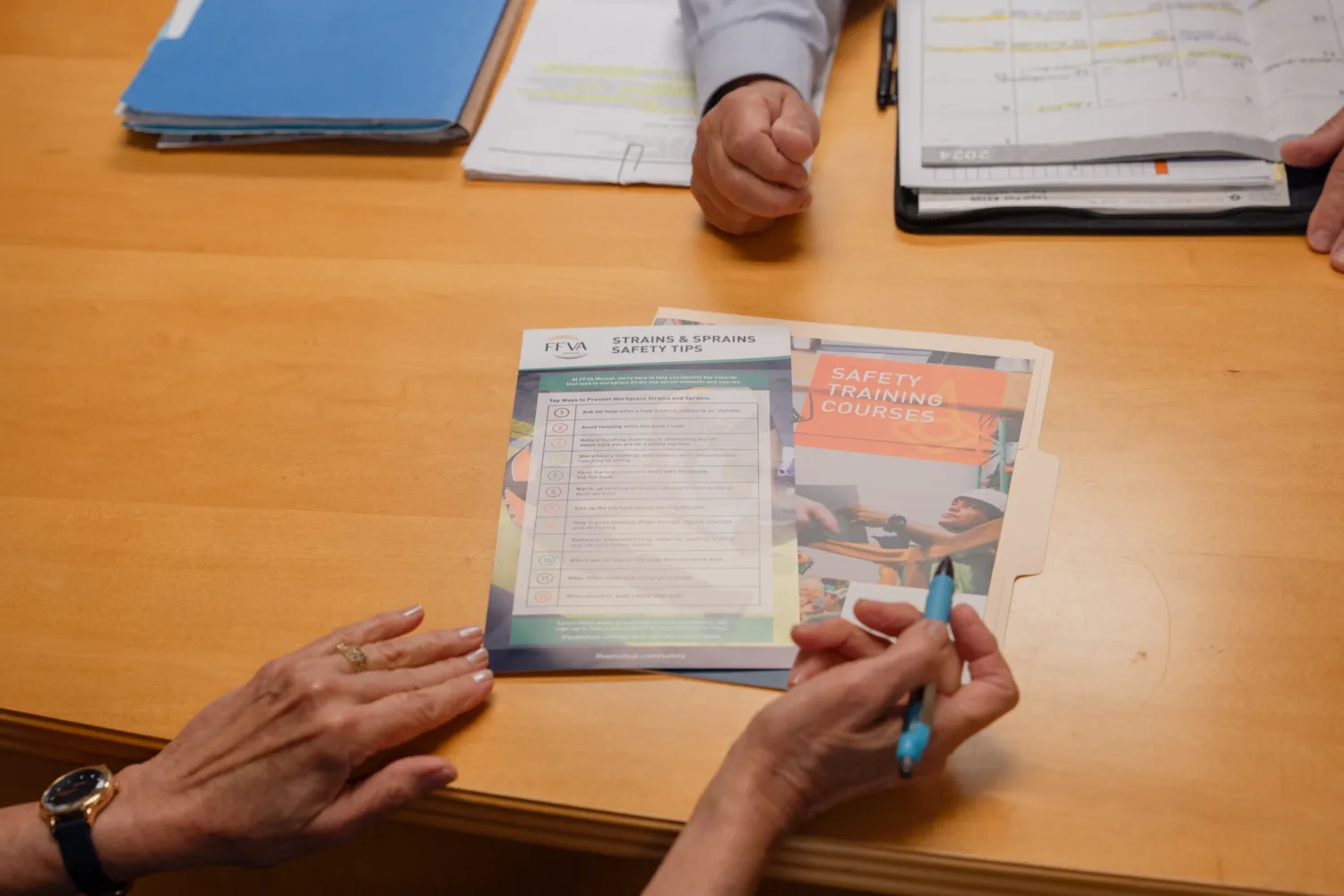Your Ultimate Fire Extinguisher Handbook
To use a fire extinguisher, remember PASS: Pull the pin, Aim at the base, Squeeze the handle and Sweep side to side. Only extinguish fires or use fire equipment when it is safe, and life is not at risk. When in doubt, get out.
Why is fire safety so important, you ask? Fires can occur unexpectedly and spread rapidly, causing devastation in a matter of minutes. Make sure your employees are trained on how to use a fire extinguisher and that your workplace has the correct fire extinguisher for specific hazards. Employers must implement a fire safety and emergency action plan, conduct regular drills, and prioritize fire extinguisher training. Remember, prevention is key.
The 4 Methods of Extinguishing a Fire
Fire can only exist when heat, oxygen, fuel and a chemical chain reaction are present. Remove any one of these elements and the fire goes out. The four main methods of extinguishing a fire are:
- Cooling: Reducing the fire’s temperature, usually with water, so it can no longer sustain combustion
- Smothering: Cutting off the oxygen supply by covering or blanketing the fire with foam, carbon dioxide or other agents
- Starving: Taking away the fuel source by shutting off valves, moving combustibles or clearing flammables away
- Interrupting the chain reaction: Applying dry chemicals or specialized agents that disrupt the chemical process of burning
Understanding these principles helps you see why different extinguishers are designed for specific fire classes.
Types of Fires and Extinguishers
Employees are never required to fight fires, but they should know how to use a fire extinguisher if they volunteer. Using a fire extinguisher by employees is voluntary. Understanding the different types of fires and fire extinguishers is crucial. There are five fire classifications, each requiring a different type of extinguisher. Let’s go through each:
- Class A Fire: Involves ordinary combustibles like wood, paper, or cloth. Use Class A extinguishers (water or dry chemical).
- Class B Fire: Caused by flammable liquids like gasoline or oil. Use foam or CO2 extinguishers.
- Class C Fire: Energized electrical equipment (appliances, wiring). Use CO2 extinguishers or ABC extinguishers (non-conductive agents to prevent electrical shock).
- Class D Fire: Combustible metals like magnesium. Use dry powder portable fire extinguishers.
- Class K Fire: Fueled by cooking oils or grease. Use wet chemical extinguishers for their cooling effect.
How to Use a Fire Extinguisher
Knowing how to use a fire extinguisher correctly can mean the difference between containing a small fire and a disastrous blaze. Remember the acronym P.A.S.S. to help you remember these steps:
- Step 1: Pull the pin from the top of the extinguisher.
- Step 2: Aim the extinguisher nozzle at the base of the fire. Do not aim at the flames.
- Step 3: Squeeze the handle to release the extinguishing agent.
- Step 4: Sweep the nozzle from side to side, aiming at the base of the fire, until it’s extinguished.
Common mistakes to avoid include using the wrong type of extinguisher, aiming at the flames instead of the base of the fire and not having the proper training to use a fire extinguisher effectively.

When to Use a Fire Extinguisher
Knowing when to use a fire extinguisher is just as important as knowing how to use it. Attempting to extinguish a fire can be dangerous and potentially life-threatening, so it’s essential to make the right decision.
The first step in deciding whether to use a fire extinguisher is to identify the fire hazard. If the fire is too large or spreading, an employee shouldn’t attempt to extinguish it. Instead, they should evacuate the area immediately and call the fire department.
Do not enter an enclosed area, blocked area or corner to extinguish a fire.
If the fire is smaller than a wastebasket and contained, and you have the appropriate type of extinguisher, then a trained employee can attempt to extinguish the fire. Do not attempt to extinguish a fire larger than a waste basket.
It’s essential to discuss the rules for using a fire extinguisher with all employees and make sure that everyone knows how to use one. To help, here’s a quick list of the safety tips above:
● Only tackle fires smaller than a wastebasket.
● Ensure you have the right fire extinguisher for the fire class.
● Never enter enclosed spaces or block exits.
● If in doubt, evacuate and call the fire department.
Fire Extinguisher FAQs
How do you use a fire extinguisher step by step?
Use the PASS method: 1. Pull the pin to unlock the extinguisher, 2. Aim low at the base of the fire, 3. Squeeze the handle to release the agent and 4. Sweep the nozzle side to side until the fire is out. Always keep your back to an exit and be ready to evacuate if the fire grows or conditions worsen.
What are the 4 methods of extinguishing a fire?
Fires can be put out by cooling the temperature, smothering to remove oxygen, starving by cutting off the fuel source or interrupting the chain reaction with chemicals that stop combustion. Different extinguishers use one or more of these methods depending on the class of fire.
What are the 4 steps of fire emergency?
The four steps are: 1. Raise the alarm to alert others, 2. Evacuate immediately to a safe location, 3. Call 911 or emergency services and 4. Only attempt to extinguish the fire if it is small, contained and you are trained to do so. Employee safety always comes first.
FFVA Mutual: A Trusted Partner in Workplace Safety
At FFVA Mutual, we understand the importance of occupational safety and the role it plays in the success of a business. As a trusted partner, we offer not only workers’ compensation insurance but also a wide range of safety training programs and resources to ensure a safe work environment.
To prevent fires, it’s crucial to take proactive steps. One of the most important fire safety tips is to regularly check and maintain smoke detectors and fire alarms. These devices can detect smoke and alert people in the building to the presence of a fire, giving them time to evacuate safely. Having a clear exit plan, unobstructed exits and regularly conducting fire drills also play a vital role in fire prevention. Learn more about fire safety in the workplace.
In case of a fire emergency, it’s important to act quickly by contacting the local fire department immediately and following their instructions. Additionally, the fire marshal can provide valuable guidance on fire prevention and safety measures to help prevent future fires and minimize damage in case of an emergency.
If you want to learn more, we offer various resources to help businesses maintain a safe work environment, including:
Or contact one of our Solutionists to ask questions that are specific to your workplace.






























